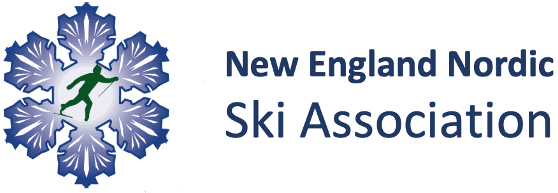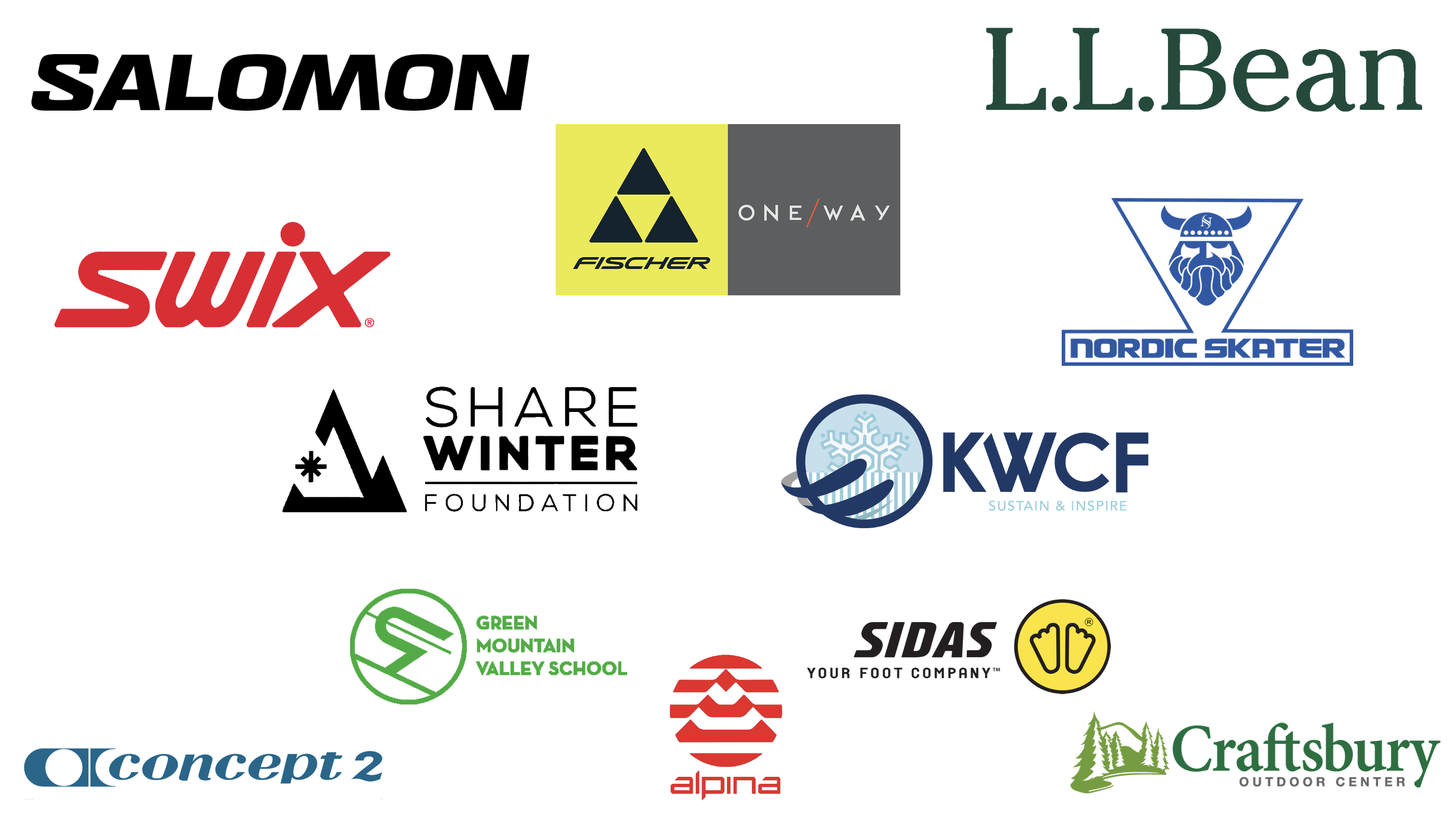NENSA Athlete Development Committee
Development Planning Position Statement
Development Goals
NENSA’s mission is to facilitate the development of skiers to the highest level of international excellence while fostering the growth of the sport at a grass-roots level. The Athlete Development Committee works to ensure that this mission is represented in the development programs that NENSA runs.
In any population of athletes only a select few will reach the very highest levels of achievement. But it is the achievements of these few athletes by which the success of a development program will be measured. In order to ensure that our racers have every opportunity to succeed on the world stage we believe that our developing athletes must be given every reason to enter and stay in the sport. And we believe that the path that they take as New England based trainers and racers should steer them toward the highest levels of success.
Understanding that the vast majority of racers have no chance of success at the international level, and that the majority of those have no international level aspirations, we believe that the interests of those skiers who want to be great have a higher priority than the interests of the majority. A program designed to facilitate the development of future Olympic medalists may not always be the most popular approach, but it needn’t alienate anybody. A program designed to serve the interests of the majority of skiers with low aspirations will certainly hinder the progress of those with big goals. We believe that a balance must be struck, but that our programming decisions must never handicap our best racers.
Development Tools
Since its inception, NENSA has tried different approaches to aiding athlete development. At this point it seems clear that NENSA has only a very limited role in the direct development of racers. It is clear that the level of support required by developing racers suggests the need for a locally based support structure. The promotion of the club system reflects this thinking.
Given that NENSA will not attempt to directly support the development of athletes, our opportunities for encouraging excellence are limited. It is important that NENSA create an environment in which club programs that support the best possible athlete development are rewarded and examples from these successful clubs be shared with others to support a stronger overall system. It is not our intention to handicap our best club programs any more than it is our intention to handicap our best racers.
Though NENSA’s avenue for ensuring optimal athlete development is limited to providing an atmosphere hospitable to the best club programs, there are many ways that our development programs can both reward excellence and promote positive change. Our development tools include:
- Educational programs (coaching clinics and camps);
- Proprietary events (Eastern Cup and championships events) and the schedule as a whole;
- Team Selections (currently the JN team and state teams to our championship events);
- Publications (NENN and the yearly competition guide); and
- NENSA-sponsored trips & events.
To ensure our success it is important that all of these tools be tuned to our goals and work together in common purpose. As the ADC reviews development policy we must always ask ourselves whether we are making the best use of our tools. It is the job of subcommittees to represent the concerns of age-groups and special interests. It is the job of the ADC to represent the larger development goals of the organization.
Development Issues
As we juxtapose our programs with the demands of top-level international racing a number of issues emerge as critical touch-points in our development program. The ADC must continually take inventory of these issues and ensure that they are addressed in our programming. Age-appropriate year-round activity It is clear that top athletes have an extremely active lifestyle from an early age. As skiers reach their teens increasing specialization and training support is required. It is extremely difficult for young racers to get through this period without consistent year-round support.
This issue is addressed in NENSA’s educational programming, but is primarily the realm of clubs. Clubs that show an ability to foster a vibrant ski racing community should be given the attention and resources they need to ensure that they support age-appropriate year-round activity among their developing skiers.
Exposure to higher levels of competition
A population that focuses inward will stagnate as a certain level of achievement becomes an acceptable definition of success. In order to promote continual improvement at all levels of the population it is important that skiers be exposed to higher levels of competition frequently.
This is most often thought of as an issue of getting kids to other countries or of bringing foreign racers here. But it should not be confused with cultural exchange which has an equal but separate value. The issue of exposure to competition can be addressed both at home and abroad.
No population of skiers should be protected from faster racers. Our middle-of the pack juniors should be exposed to our top-level juniors. Our top juniors should be exposed to our top seniors. Our masters should try to beat up on our youngsters as often as possible. Our programs need to ensure constant cross pollination among our populations.
We need to encourage our aspiring racers to look outwards. National level competition represents a significant step up from regional competition and our better racers should be encouraged to move in that direction by participating in continental cup races and US National championships.
We also need to bring in new blood as frequently as possible. Trips abroad or exchanges bringing foreign racers here (as long as they are fast!) are extremely valuable. Length of Season The World Cup schedule now starts in October and major international racing continues into April. We are limited by our snow season, but need to make every effort to ensure that racing begins early and extends late. Skiers will race when they are told to race, but in the absence of forces of expansion the season will tend to contract to the eight weeks or so after the holidays and before the start of major melting and spring sports. We should steer the attention of our ENTIRE population toward racing earl and late by scheduling meaningful and important competitions at the beginning and end of the season. Appropriate competitive environment Racing skills the set of psychological attributes that allow some people to rise to the moment while others crumble under pressure may be in part genetic, but they are also subject to conditioning. While parenting and coaching may be the strongest conditioning influences, NENSA has a role to play in scheduling events and providing a competition atmosphere.
A successful racer needs to know when the chips are down and it’s important to deliver a big performance. But they also need to know when it’s just another race. If every race becomes a “do or die” situation the resulting performance curve over the course of the season could be disastrous.
NENSA needs to ensure that developing skiers are exposed to an appropriate competitive environment under the right circumstances to foster good racing skills.
In the BKL the emphasis is quite rightly put on having a good time but if a kid shows up for his first race at the BKL festival he might be a bit overwhelmed. Low-key competition (for the sake of competition, rather than results) can be built into the equation for fun at the youth level to good effect.
A junior racer who has a shot at making the JN team should be encouraged to try-out. But if she’s got to have her best effort in three out of five races on four different weekends it’ll be a stressful season. Qualifying races should be scheduled to foster an appropriate atmosphere for qualification with and emphasis on the importance of the big event at the end.

